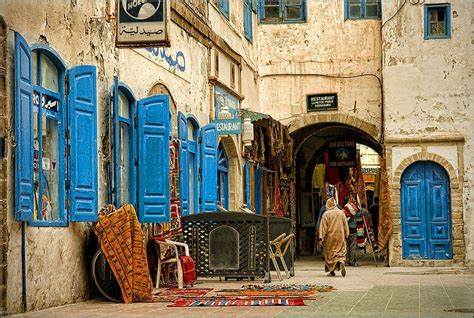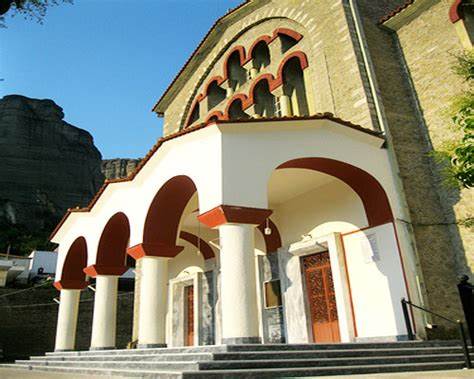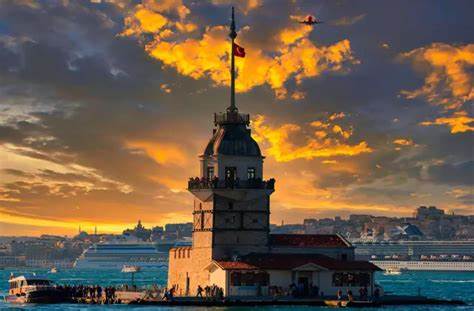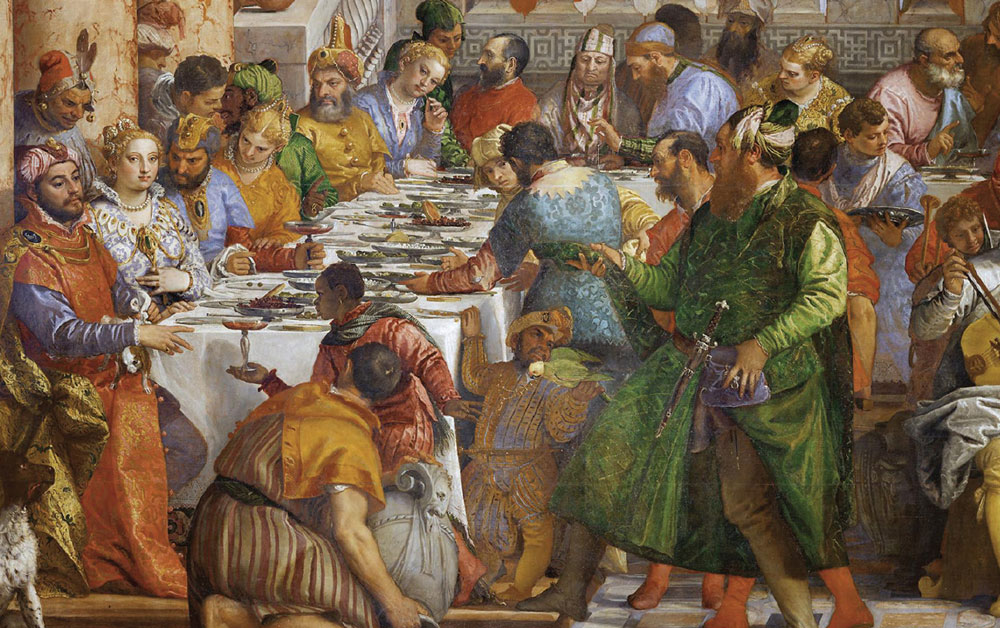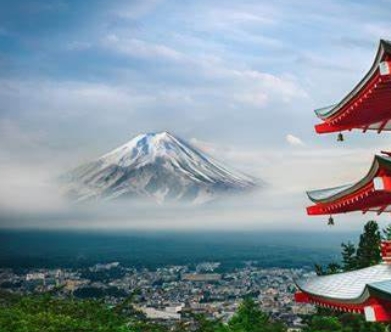Morocco, located at the crossroads of Africa and Europe, is a land where rich history, diverse cultures, and stunning landscapes come together. From the bustling souks of Marrakech to the vast sand dunes of the Sahara Desert, Morocco offers an unforgettable experience for travelers seeking adventure, history, and cultural immersion. This North African gem is a place where ancient traditions blend seamlessly with modern influences, creating a captivating destination for anyone willing to explore its wonders.
The best time to visit Morocco is during the spring (March to May) and fall (September to November), when the weather is pleasant, and the heat of the summer months has not yet set in. While the coastal cities like Casablanca and Essaouira enjoy mild temperatures year-round, the interior and desert regions can get extremely hot during the summer. The spring and fall seasons offer a great balance of comfortable temperatures and fewer tourists compared to the summer months.
Marrakech, one of Morocco’s most iconic cities, is a must-visit destination. The heart of the city is the Jemaa el-Fnaa, a vibrant square where street performers, snake charmers, and food vendors create a lively atmosphere. The maze-like streets of the Medina are filled with bustling souks, offering everything from spices and textiles to pottery and jewelry. Don’t miss the Koutoubia Mosque, the largest mosque in the city, or the beautiful Majorelle Garden, a serene oasis designed by French painter Jacques Majorelle. The Bahia Palace and Saadian Tombs offer glimpses into Morocco’s royal history and architecture.
For a taste of Morocco’s coastal charm, visit Essaouira, a laid-back port city on the Atlantic coast. Known for its whitewashed buildings, blue shutters, and seafood restaurants, Essaouira’s medina is a UNESCO World Heritage site. Stroll along the Skala de la Ville, a fortress overlooking the ocean, or visit the bustling fish market to see the catch of the day. The city is also a great place to shop for handcrafted wooden items, such as intricate thuya wood products, a specialty of the region.
In contrast to the bustling cities, the Atlas Mountains offer a peaceful escape into nature. The mountains are home to traditional Berber villages, where life has remained largely unchanged for centuries. Hiking and trekking enthusiasts can explore the region’s dramatic landscapes, including the famous Toubkal National Park, which is home to Mount Toubkal, the highest peak in North Africa. A trek to the summit of Toubkal is a popular challenge for adventurous travelers. The Ourika Valley, just a short drive from Marrakech, offers lush greenery, waterfalls, and scenic hiking trails, perfect for a relaxing day trip.
No trip to Morocco would be complete without experiencing the Sahara Desert. Merzouga, a small village located on the edge of the desert, is the gateway to the Erg Chebbi Dunes, the most famous sand dunes in Morocco. Riding camels across the vast expanse of golden sand as the sun sets is a once-in-a-lifetime experience. You can spend the night in a traditional desert camp, under a blanket of stars, and experience the quiet beauty of the desert at night. For those looking for a more adventurous experience, the Sahara Desert offers opportunities for quad biking, sandboarding, and stargazing.
Morocco’s history is also reflected in its ancient cities, such as Fes. Fes is home to the Fes el-Bali medina, one of the world’s largest car-free urban areas, where visitors can explore narrow alleyways, visit ancient madrassas (Islamic schools), and shop for handcrafted goods in traditional souks. The Al-Qarawiyyin Mosque, one of the oldest in the world, is a key historical site, as is the Royal Palace and the Bou Inania Madrasa, an architectural gem showcasing intricate tilework and wood carvings.
Morocco’s cuisine is a delightful mix of Berber, Arab, and French influences, offering bold flavors and unique dishes. Tagine, a slow-cooked stew made with meat, vegetables, and spices, is one of the country’s most famous dishes. Couscous, traditionally served on Fridays, is another staple, often accompanied by lamb or chicken. For a sweet treat, try pastilla, a savory-sweet pastry filled with pigeon or chicken, almonds, and cinnamon. Morocco is also famous for its aromatic spices, including saffron, cumin, and coriander, which are used to flavor everything from meats to stews and even desserts. And, of course, no Moroccan meal is complete without a cup of mint tea, a symbol of hospitality and a refreshing drink to enjoy at any time of day.
The country is also home to a rich tradition of arts and crafts. Visitors can explore traditional markets in cities like Marrakech and Fes, where they can purchase beautiful handmade rugs, leather goods, jewelry, and pottery. Berber carpets are particularly prized for their intricate patterns and vibrant colors, while Moroccan lanterns and tagine pots make perfect souvenirs.
Morocco’s unique blend of history, culture, and natural beauty makes it a destination that appeals to all kinds of travelers. Whether you’re interested in exploring ancient cities, trekking through mountains, riding camels in the desert, or simply savoring the rich flavors of Moroccan cuisine, this captivating country has something to offer. Morocco is a place where adventure and tradition meet, offering a journey full of discovery and unforgettable experiences.


